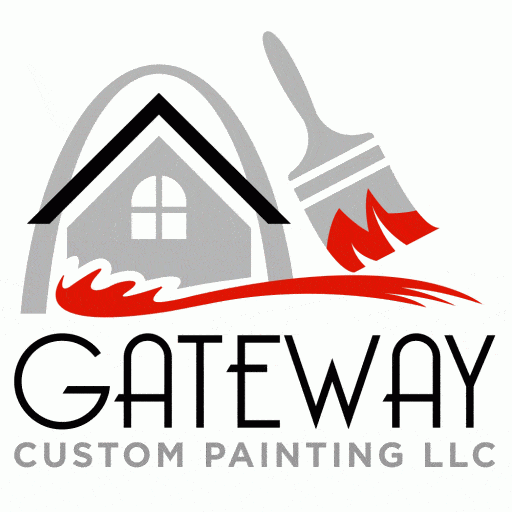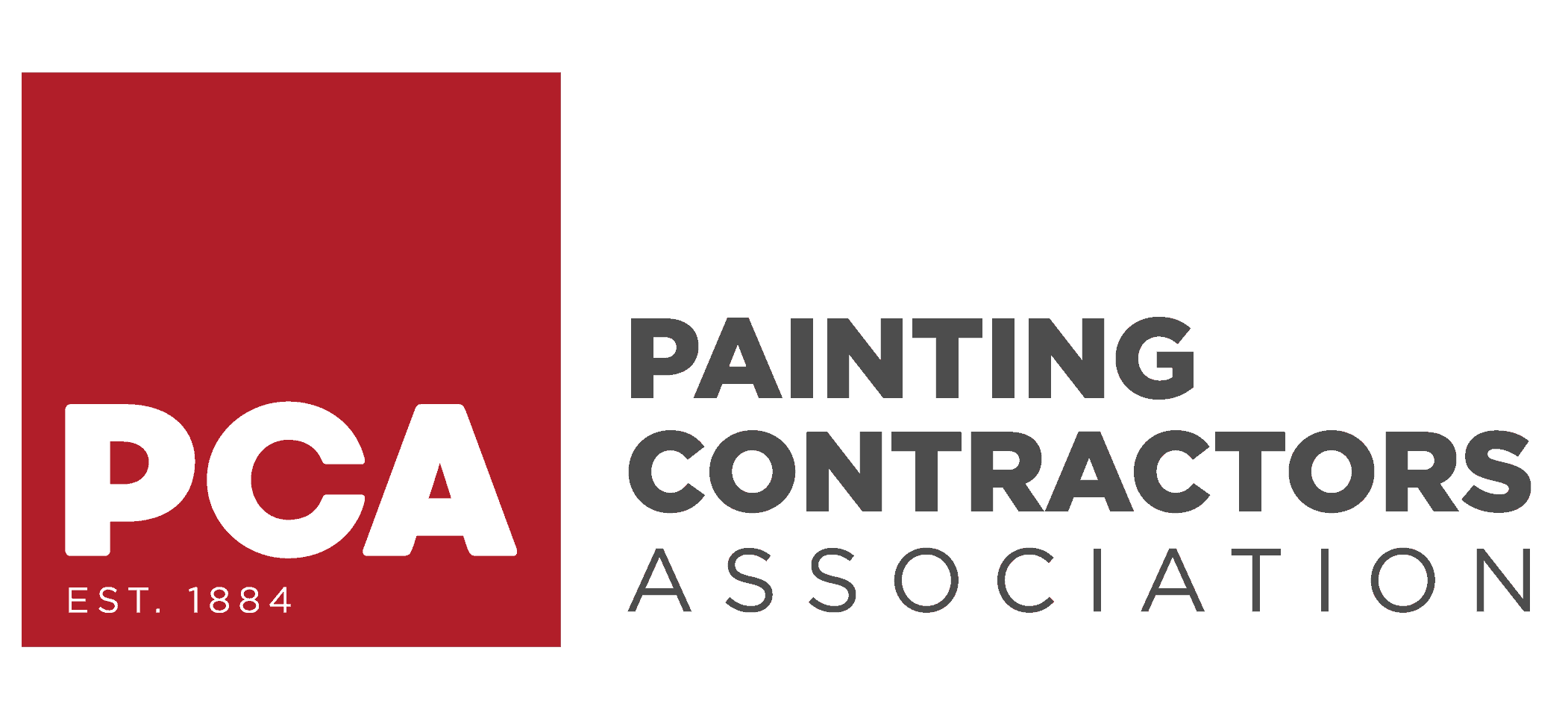For most homeowners, a freshly painted home exterior can make all the difference in terms of curb appeal. However, executing a successful painting job requires more than just slapping on some paint – it involves careful planning and preparation to ensure that your project is completed effectively and efficiently. Unfortunately, many DIYers and even professionals fall prey to common mistakes when painting exteriors which can lead to costly repairs or unsatisfactory results.
That’s why Gateway Custom Painting serving the Greater St. Louis Area has put together this guide to help you avoid these potential pitfalls so that your exterior painting project is a success!
Skipping Prep Work
One of the most common exterior painting mistakes is bypassing the essential prep work. Homeowners often underestimate the importance of thoroughly cleaning, repairing, and priming the surface before painting. Neglecting these steps can lead to paint not adhering correctly, resulting in a finish that’s uneven, prone to chipping or peeling, and less durable overall. Proper preparation, which includes powerwashing to remove dirt and loose paint, filling cracks and holes, and applying a high-quality primer, provides a clean, smooth surface for paint to adhere to.
Exterior painting preparation not only ensures a more visually appealing result but also extends the lifespan of your paint job.
Ignoring Weather Conditions
Painting exteriors without considering the weather is a common mistake that can significantly impact the durability and appearance of your paint job. The effect of weather conditions, particularly temperature and humidity, on paint cannot be underestimated. In ideal conditions, paint forms a durable bond with the surface it’s applied to, but adverse weather can disrupt this process.
Too high or low temperatures can lead to poor paint adhesion, causing it to peel or crack prematurely. Similarly, high humidity prevents paint from drying properly, potentially resulting in an uneven finish or mold and mildew growth. Always monitor local weather forecasts before embarking on your exterior painting project to ensure optimal painting conditions.
Using Incorrect or Cheap Materials
Trying to cut costs by opting for inexpensive paint or tools can actually end up costing you more in the long run. Cheap paint tends to have a lower pigment-to-binder ratio, resulting in a less durable finish that can fade, chip, or peel prematurely. Investing in high-quality paint ensures better coverage, richer color, and extended durability, saving you from frequent repaints. Similarly, using incorrect or low-quality tools can compromise the quality of your paint job.
High-quality brushes and rollers apply the paint more evenly and smoothly, preventing unsightly brush or roller marks. While the initial cost of high-quality paints and tools may be higher, the long-term benefits in terms of aesthetics and durability far outweigh the extra expenditure.
Not Using Primer
Overlooking the use of primer is another significant exterior painting mistake. Primer serves as a preparatory coat that provides a stable surface for the paint to adhere to, enhancing its durability and appearance. It helps cover up existing paint, stains, or minor imperfections on the surface, providing a smooth and uniform base for the new paint.
Furthermore, primer improves paint adhesion, reducing peeling and blistering in the long run. By not using a primer, you risk having a paint job that looks uneven and wears out more quickly. So, despite the extra step, using primer is a crucial investment for a high-quality, long-lasting exterior paint job.
Not Protecting Surrounding Areas
Failing to protect surrounding areas when painting the exterior of your house can lead to messy outcomes and unnecessary cleanups. From splatters on windows to paint drips on decks, garden beds, or outdoor furniture, not using protective measures can disrupt the appeal of your property. Therefore, it’s crucial to cover these areas with drop cloths, plastic sheets, or painter’s tape before beginning your project.
This preventive measure safeguards your surroundings from potential damage, maintains a clean working environment, and ensures a professional-looking finish. Remember, a little preparation goes a long way in creating a successful and hassle-free painting project.
Incorrect Technique
Even the best painting materials can’t compensate for incorrect technique. Common errors such as overloading the brush or roller with paint can lead to drips, uneven coverage, and a less polished appearance. It’s also crucial to maintain a “wet edge” when painting, which means you should always aim to paint into an area where the paint is still wet rather than letting sections dry and then painting over them. This technique helps to avoid noticeable lines or “lap marks” where painted areas overlap.
Neglecting Safety
Safety is an essential but often neglected aspect of exterior painting projects. When painting higher areas of your home, you need to use ladders or scaffolding, but working at heights has risks. You can get seriously injured if you use the ladder improperly or don’t have safety gear. As OSHA states, “Falls from portable ladders (step, straight, combination and extension) are one of the leading causes of occupational fatalities and injuries”.
It’s important to make sure that the ladder is stable and secure before climbing and to use safety equipment such as harnesses where needed. Remember, no painting task is worth risking your safety. If a painting project seems too risky, it’s best to hire professionals.
Painting Over Damaged Surfaces
A critical mistake many homeowners make is painting over damaged surfaces. Ignoring issues such as cracks, rot, or mold not only diminishes the quality and appearance of your paint job but can also lead to more serious structural problems down the line. These imperfections need to be properly treated and repaired before applying paint.
Mold or mildew should be thoroughly cleaned and killed using a specialized solution, and any rotten wood should be replaced. Painting over such areas without addressing the underlying issues merely covers up the problem temporarily, rather than solving it. Therefore, ensuring your exterior surfaces are in good condition before painting is essential for a successful, lasting finish.
Achieve Flawless Exterior Painting Results with Gateway Custom Painting
Exterior painting can be a tricky job, but following the right steps and avoiding common exterior painting mistakes is key to achieving excellent results. Investing in quality materials, preparing surfaces properly, protecting surrounding areas, and using correct technique and safety gear are all essential for a successful paint job that lasts.
If you’re looking for professional assistance with your exterior painting project, trust Gateway Custom Painting. We provide top-notch painting services in Wentzville MO, Chesterfield, St. Charles, St. Peters, O’Fallon, and Lake St. Louis area so you can enjoy beautiful results without having to worry about making any of these costly mistakes yourself! Book your free estimate at (314) 350-6377.




